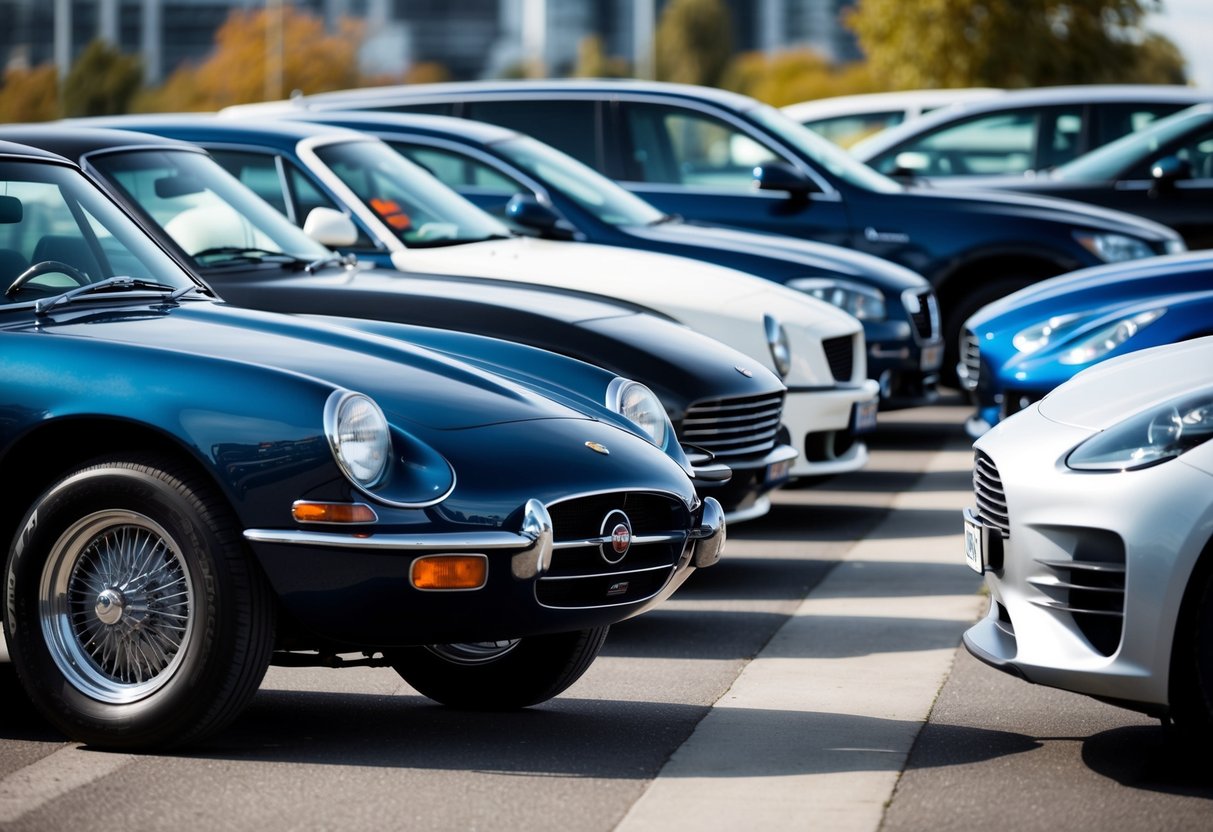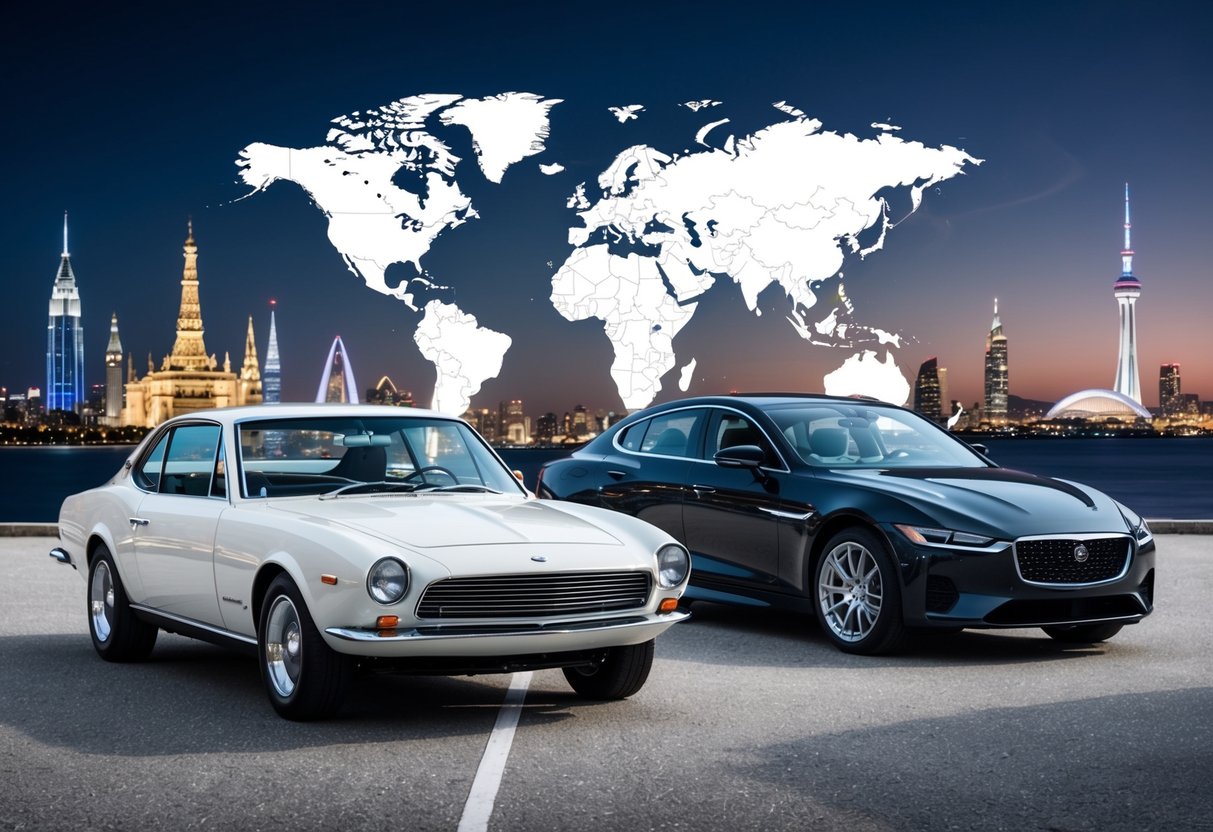
Ford Mustang’s Iconic Comeback
The Ford Mustang stands as a symbol of American automotive legacy. Its recent redesign pays homage to the original 1960s model. The latest iteration combines the classic muscle car spirit with cutting-edge technology. The iconic fastback roofline and aggressive front grille are retained, paired with modern features such as touch-screen infotainment systems and advanced safety mechanisms, which cater to both nostalgia and contemporary needs.
This harmonious blend of old and new resonates deeply with both long-time enthusiasts and a new generation of drivers. Ford’s strategy to maintain the Mustang’s historic appeal while embracing new trends illustrates the vibrant market demand for retro aesthetics in the automobile industry. The Mustang continues to be a flagship model that represents the evolution of the American muscle car.
The New Ford Bronco
The Ford Bronco, initially launched in the 1960s, has made a significant return. Its rugged design, which originally catered to off-road enthusiasts, has been refreshed to meet contemporary expectations. The new model celebrates its strong legacy by retaining its boxy silhouette and robust character, enhancing its rugged appeal with modern engineering advancements.
Today’s Bronco includes a sophisticated four-wheel-drive system and removable doors. It marries traditional off-road capabilities with daily usability. This vehicle appeals to adventure seekers while nodding to its historical roots. The Bronco’s relaunch signifies a thoughtful revival strategy, drawing in fans of the classic design and welcoming new customers eager for adventure.
Chevrolet SSR and Retromodern Pickup Trucks
The Chevrolet SSR is a standout example of retro-modern design in pickup trucks. It uniquely blends the characteristics of vintage trucks with contemporary design elements. Released in the early 2000s, the SSR captured attention with its convertible roof and distinctive styling, reminiscent of 1950s Chevy trucks.
Despite its short production run, the SSR paved the way for a new wave of pickups that combine retro charm with modern utility. This trend is visible in today’s pickup market, where nostalgic design cues are paired with versatile, tech-savvy features. The influence of the SSR continues to shape the aesthetic direction for trucks that prioritize style without sacrificing functionality.
Impact of Retro Styling Across Global Models

Classic car designs have captured the imagination of modern automotive manufacturers, leading to the revival of historic aesthetics in new models. These influences can be seen in vehicles from various regions, transforming how consumers perceive contemporary cars.
The Fiat 500 and European Sensibilities
The Fiat 500 stands as a prime example of how retro styling can blend with modern sensibilities in the European market. Originally launched in the late 1950s, the compact car became an icon of Italian design. When Fiat reintroduced it, the 500 retained its distinctive rounded shape and chrome accents while incorporating current technology, such as advanced safety features and infotainment systems.
European drivers appreciate the nostalgic nod without compromising on modern conveniences. The revamped Fiat 500 has spurred interest in compact, stylish vehicles that remind older generations of the past and attract younger buyers with its quirky charm. This fusion of past and present in automotive design demonstrates a successful formula that Fiat has leveraged to strong results across competitive markets.
Japan’s Affinity for Retro: Nissan and Honda
Japan’s car manufacturers have shown a consistent interest in retro styling, evident in models like the Nissan Figaro and Honda E. The Figaro, with its 1980s roots, merged retro charm with modern innovation, sparking enthusiasm among collectors due to its distinct design and limited production.
Similarly, the Honda E has embraced a vintage aesthetic, reminiscent of past Honda models, that appeals to the eco-conscious. Its rounded corners and simplistic design evoke a retro feel while featuring cutting-edge electric capabilities. Japan’s ability to incorporate nostalgic design elements into market-ready models illustrates a unique cultural appreciation for blending tradition with innovation, attracting diverse customer bases and often leading to cult followings for these niche vehicles.



